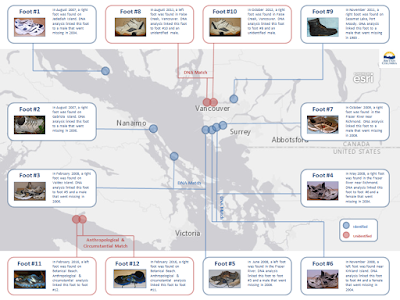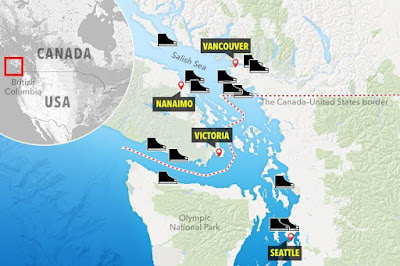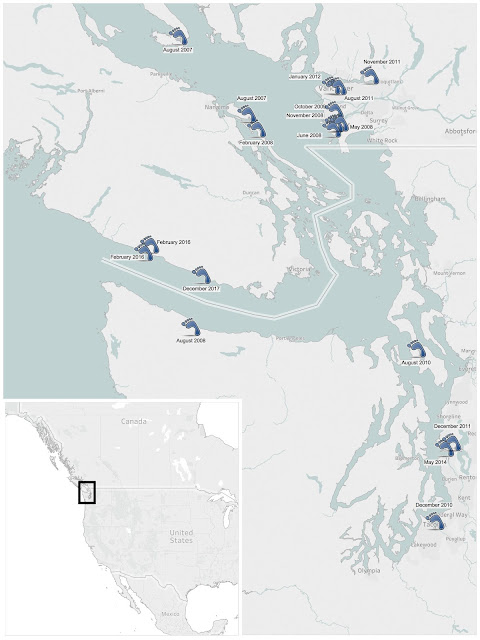On Tuesday I got a chance to see an exhibit at Harvard University's Houghton Library called Landmarks: Maps as Literary Illustration. There was a great talk by illustrator and Cinemaps author Andrew DeGraff (whose own work is worthy of a future blog post) followed by a tour of the gallery. I hope to get back to share more before the exhibit closes (April 14th-soon!) but for now here are a couple of crude pictures I took with my phone. The description cards are mostly legible. Maybe I can get better pictures on a future visit.
Here are some Dell Mapbacks - more about Mapbacks here.
Finally, a Nancy Drew mystery.
Here are some Dell Mapbacks - more about Mapbacks here.
Finally, a Nancy Drew mystery.














